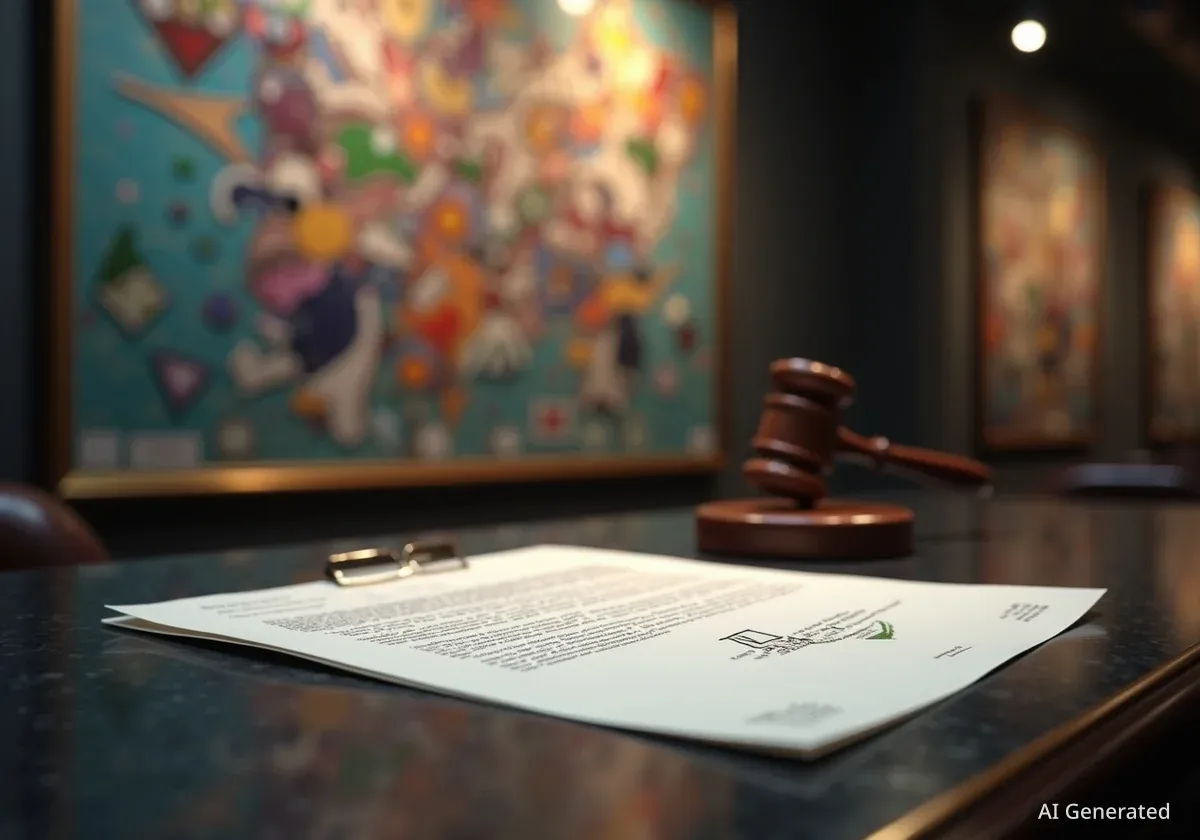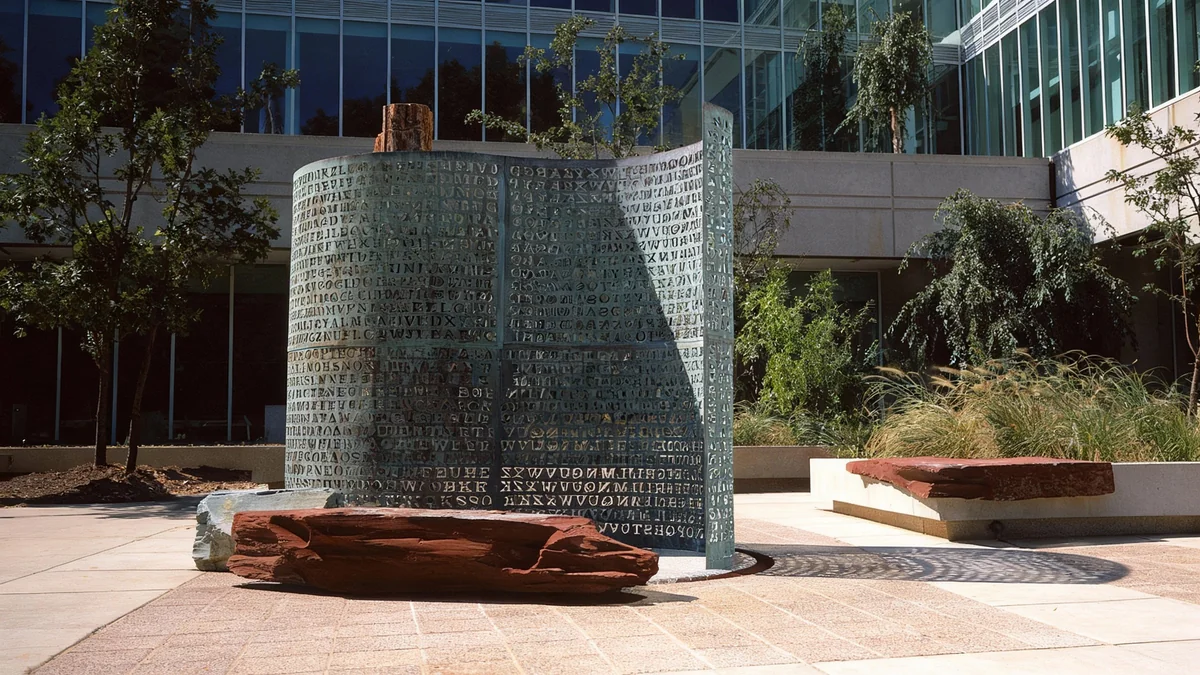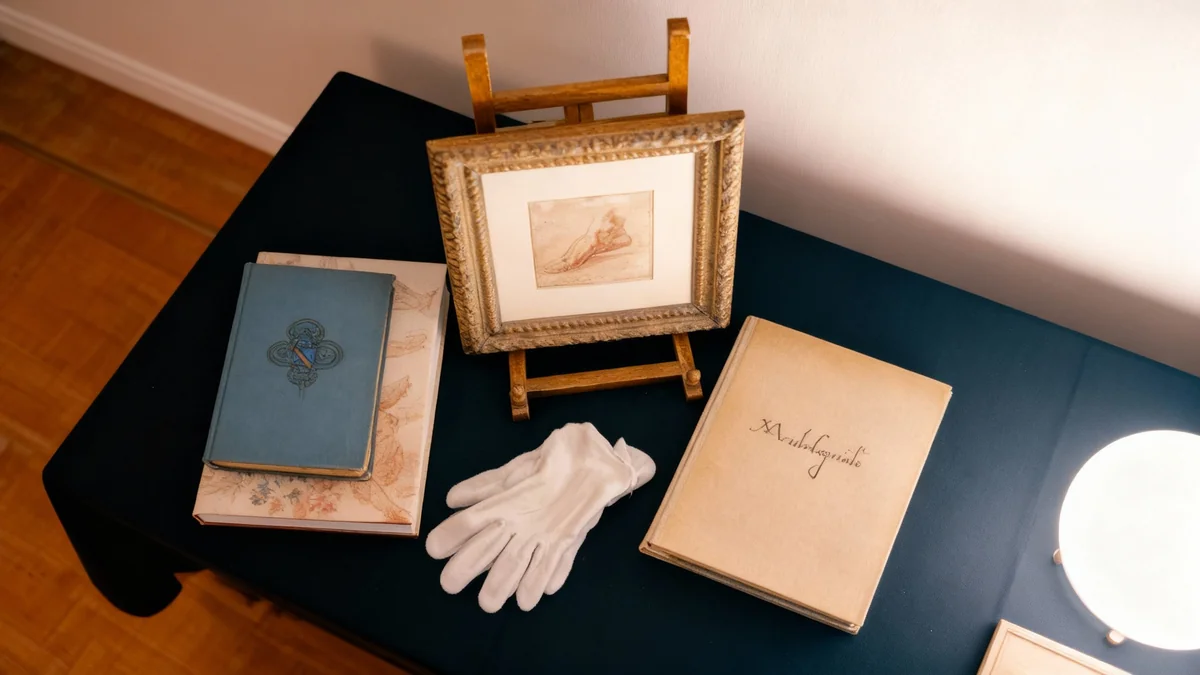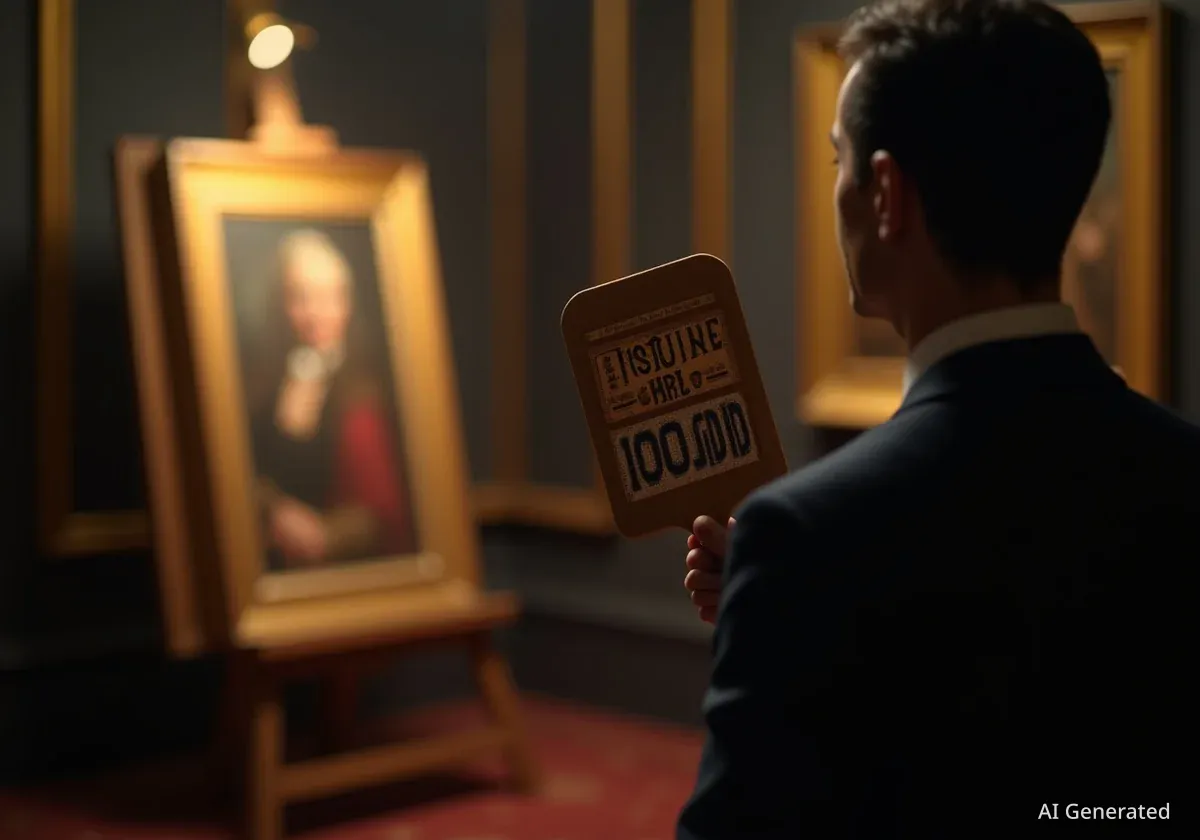The anonymous French artist known as Invader, famous for his pixelated mosaic artworks, has filed a lawsuit against the parent company of Julien's Auctions. The legal action alleges copyright infringement, theft, and violations of the Visual Artists' Rights Act. The artist claims 15 of his original works were removed from their public installations without his knowledge or permission, and were subsequently damaged. These artworks were then offered for sale in an auction.
Key Takeaways
- Artist Invader sued Julien's Auctions for alleged theft and copyright infringement of 15 mosaic artworks.
- The artworks were reportedly removed from public installations and damaged.
- A court granted a temporary restraining order, halting the auction of Invader's pieces.
- Invader maintains he has never sold or authorized the transfer of these works.
- The lawsuit highlights ongoing issues regarding ownership and preservation of street art.
Legal Action Against Auction House
Franck Slama, who creates under the name Invader, filed the lawsuit in the United States District Court, Central District of California. Documents were submitted on September 24. The complaint specifically states that 15 of his mosaic pieces were "stolen from their places of installation without Invader’s knowledge or consent." It also notes that the works appeared "noticeably damaged, mutilated, or distorted."
The artworks are part of Invader’s long-running series called "Space Invaders." This global project, started in 1998, involves placing tile mosaics in urban areas worldwide. The series now includes more than 4,000 artworks spread across 87 countries and territories. One notable piece is even located on the International Space Station.
"Invader has never sold or other authorized the transfer of the Invader Artworks to anyone and remains the sole author and owner of all the works and the copyrights therein," court documents stated.
Details of the Alleged Thefts
The 15 artworks at the center of the dispute were installed in various locations over several years. Two of these mosaics were originally placed in Tokyo, Japan, in 2014. For example, one piece, known as TK_136, was installed in Tokyo on May 26, 2014. Five other pieces were installed across France in November of the previous year. The oldest work mentioned in the lawsuit was installed in Paris in October 2000.
Fact Check
- Artist: Invader (Franck Slama)
- Artworks: 15 pixelated ceramic tile mosaics
- Locations: Tokyo, Japan (2014); various sites in France (last November); Paris (2000)
- Series: "Space Invaders"
- Total Artworks in Series: Over 4,000 in 87 countries
Auction and Court Intervention
Julien's Auctions scheduled the 15 artworks for their "Street Art: Paint & Pavement" sale on September 25. This auction also featured works by other well-known street artists like Banksy and Shepard Fairey. However, Invader had already demanded that the items be removed from the auction and returned to him before the sale.
On September 25, the court granted Invader’s request for a temporary restraining order. This order effectively stopped the auction of his specific pieces. By the time ARTnews checked the auction webpage on the day of the sale, all listings for the 15 works attributed to Invader had been removed.
Attorney Scott Alan Burroughs, representing Slama, commented via email: "We are pleased that the Court granted Invader’s restraining order request and paused this auction of items that appear to be infringing, purloined, or both. We had reached out to Julien’s prior to the auction to discuss the matter but they ignored those entreaties, essentially forcing us to take them to court. We look forward to ensuring that Invader’s rights as an artist are recognized and enforced."
Auction House Responds to Allegations
Martin Nolan, co-founder and executive director of Julien's Auctions, issued a statement to ARTnews in response to the lawsuit. He defended the auction house's practices.
Street Art and Ownership
Street art often exists in a complex legal space. While it is created in public, its permanent ownership can be debated, especially when pieces are removed or sold. Artists like Invader consider their public installations as original works, retaining copyright. This case highlights the tension between public display, artistic ownership, and commercial resale.
Nolan stated, "Julien’s Auctions has proudly been a disruptor in the contemporary and street art market for over two decades, always working in partnership with artists, estates, and collectors to present authentic works with transparency and integrity." He also added that "Street art, by its very nature, is created in public spaces and its ownership is transferred to those who lawfully acquire it." Nolan concluded by emphasizing respect for street artists and the commitment to "protecting artists’ legacies and maintaining the trust of our global community of collectors."
Invader's Public Recognition
Invader’s work has received significant attention, especially in recent years. Last year, the artist unveiled a new piece during the 2024 Paris Olympics. Despite his works being technically considered vandalism under French law, he has received support from French officials. For instance, The New Yorker reported that Anne Hidalgo, the Mayor of Paris, has an Invader piece displayed in her office. This indicates a broader acceptance and appreciation for his art, even within official circles.
The lawsuit underscores the ongoing debate about the legal status and ownership of street art. Artists often create these works for public enjoyment, not for private sale after unauthorized removal. This case will likely set a precedent for how such art is treated in the future, particularly regarding copyright and property rights.
- Impact on Street Art: This case could influence how galleries and auction houses handle street art.
- Artist Rights: It reinforces the importance of artists' rights, even for works created in public spaces.
- Legal Precedent: The outcome may establish new guidelines for ownership and sale of public art.
The legal battle between Invader and Julien's Auctions highlights the growing commercial value of street art and the challenges in defining its ownership. As the art form gains popularity, such disputes are likely to become more common. This case serves as a reminder of the complexities involved in preserving artistic integrity and intellectual property in the public sphere.




